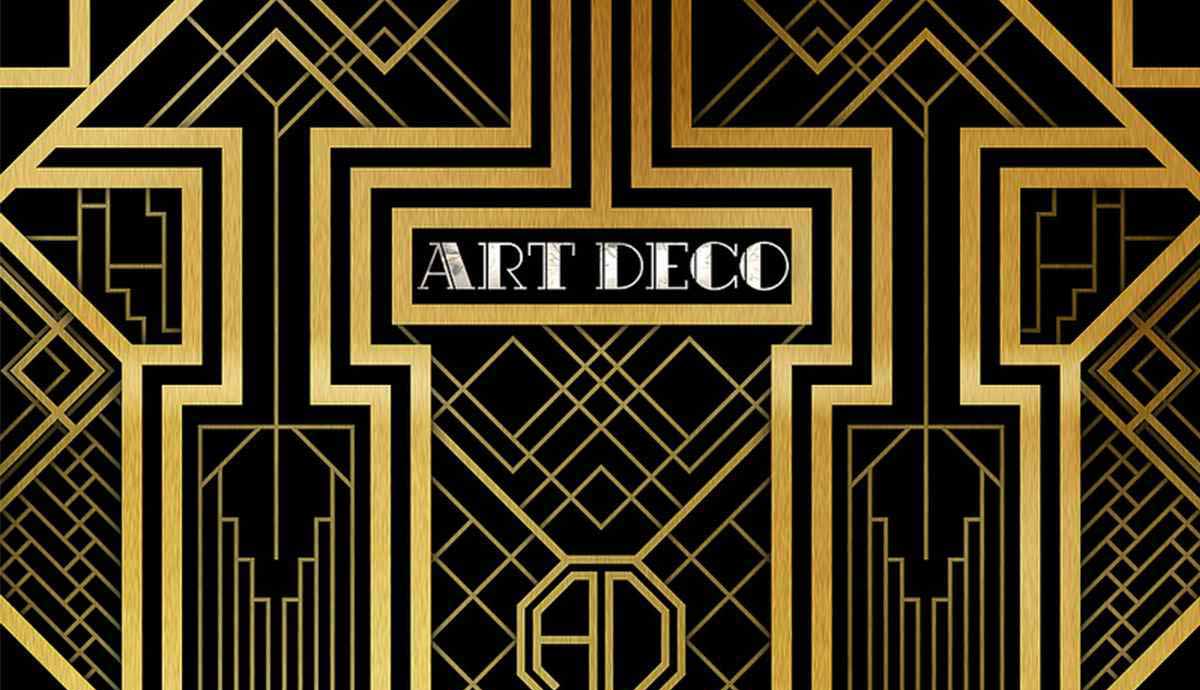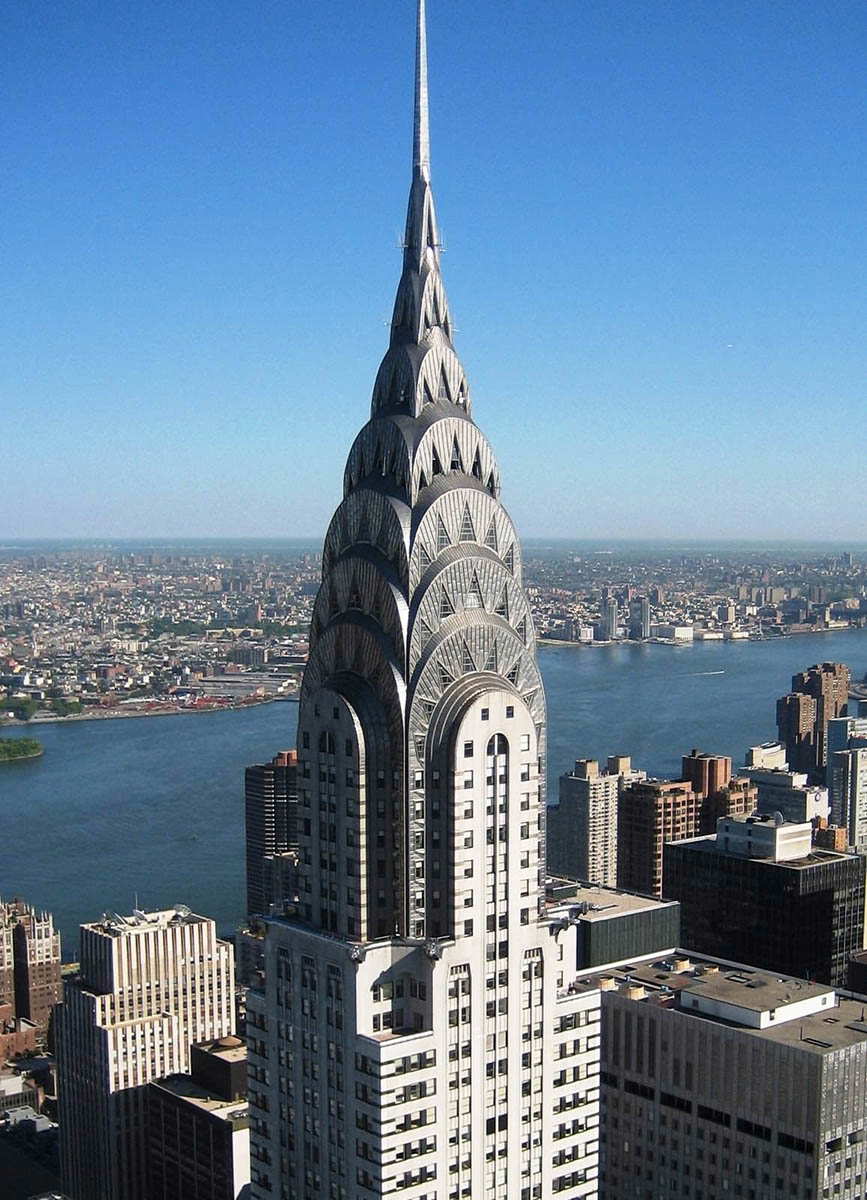
Art Deco was the definitive, decorative art style of the 1920s and 1930s, and it is synonymous today with flappers and the ‘roaring twenties.’ Today we can recognize the design style without thinking about it too much – the Chrysler Building, the interior of the Empire State Building, the Orient Express carriages, The Great Gatsby, and so on. It famously appeared in many different buildings, interiors and household objects. However, during its heyday Art Deco emerged as a blend of various influences and ideas, making it more complex than it might first appear. It sometimes also overlapped with elements of Art Nouveau, the Bauhaus School and the Arts & Crafts movement. Here are some of the major influences on the movement.
Art Deco Was Influenced by the Machine Age

The Art Deco movement emerged in the wake of the Industrial Revolution, and in many ways its style was a response to the machine age. In contrast with the earlier, curvilinear styles of Art Nouveau and the Arts and Crafts, Art Deco was far more streamlined, with straight lines, bold shapes and metallic surfaces reflecting the aesthetics of industry and modernity. Life in the early 20th century had changed significantly since the Victorian era, and this new, pared back, effortlessly glamorous style reflected the cultural shift.
Ships, motor cars, skyscrapers and trains became major influences, as did modern industrial materials including shiny metals and hard plastics. World War I also changed people’s attitudes towards design – the whimsical, escapist romance of earlier Victorian times no longer seemed relevant after such a brutal period of conflict and destruction, while a futuristic aesthetic seemed suited to new beginnings and a bright new future.
Art Nouveau

The Art Nouveau movement came earlier, and though it is clearly distinguishable for its natural, organic shapes and forms, it still undoubtedly informed the nature of Art Deco. Like Art Nouveau, the movement relied on simplified versions of people and animals, depicted in an abstracted, stylized way. Art Deco also borrowed from Art Nouveau a reliance on lines to suggest movement and energy, although its shapes were more angular and directional. We can still also see elements of plant forms and curved shapes in many famous Art Deco designs, proving the influence of Art Nouveau was still there.
Get the latest articles delivered to your inbox
Sign up to our Free Weekly Newsletter
Japanese Woodblock Prints

Japanese woodblock prints had been infiltrating Western society since the late 19th century, and their impact was felt all across the arts. Art Deco took from Japanese prints an emphasis on flat, simplified designs, clean, bold shapes, and cropped compositions. Much like Japanese art, the emphasis in Art Deco designs, from architecture to graphics and typography, was on simple elegance and restraint, which flew in the face of the fussy, ornate florals that had once been a hallmark feature of Western design.
Cubism, Futurism and De Stijl

Art Deco emerged in the wake of several monumentally significant art movements, among them Cubism, Futurism and De Stijl. While Art Deco was predominantly an aesthetic, design movement, relating to architecture, furniture, interiors, fabrics, fashion, typography and posters, designers were heavily influenced by the geometry, simplicity and stylization of these art movements. Much like the French Cubists, designers played with blocky, geometric shapes and angular shards, to convey a clean, industrial aesthetic.
The bold colors and straight lines of the De Stijl movement in Holland spread into architecture and furniture design, and these ideas in turn came to inform many makers. Meanwhile, Italian Futurism, with its love of the machine, and invocation of speed, energy and movement made its way into the streamlined look of many Art Deco icons.
Ancient and Historical Art and Design

It might seem surprising for a design movement so rooted in modernity, but many ancient and historical art traditions had a marked influence on Art Deco. These range from ancient Egyptian art to Central American indigenous art along with Mayan and Aztec shapes and patterns. We see these influences particularly in the movement’s geometric and zig-zagged motifs, as in the famed Chrysler Building in New York.







